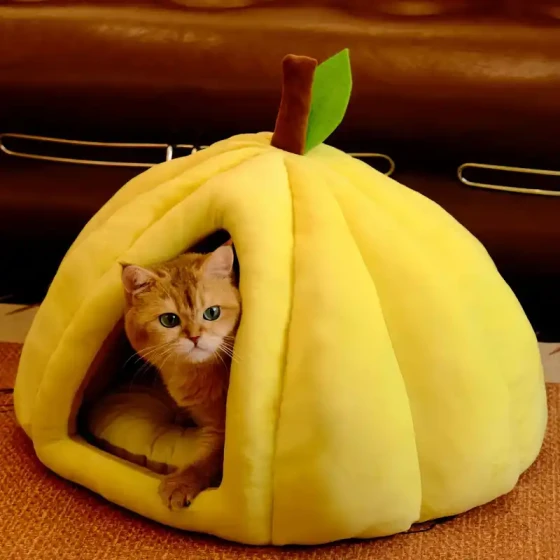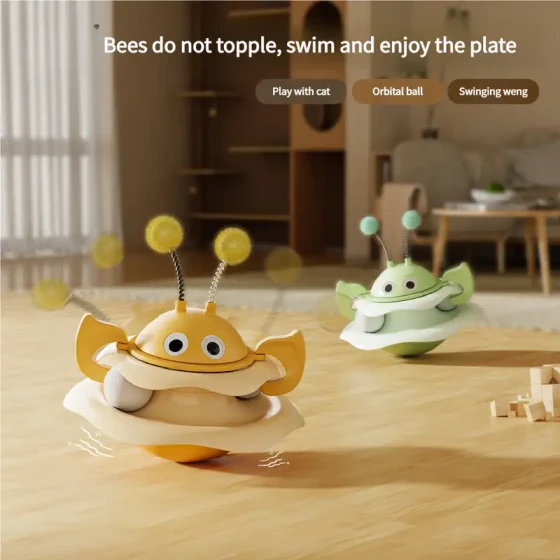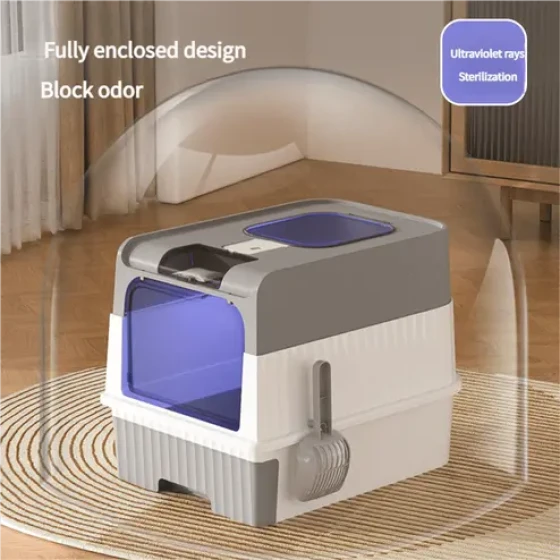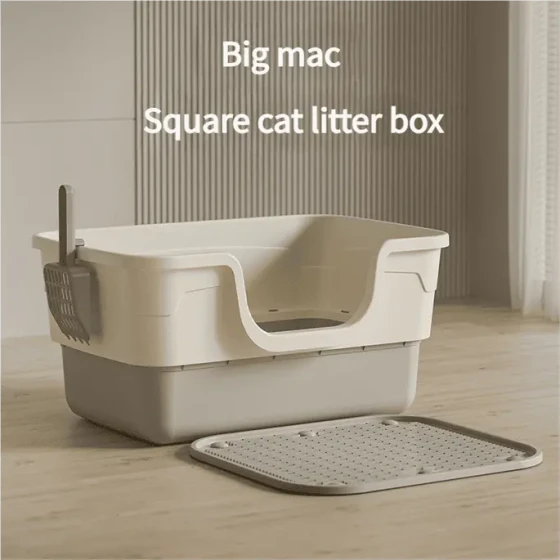What Do Ragdoll Cats Eat_Recommended List of the Most Suitable Canned Food for Ragdoll Cats
Raising a Ragdoll cat is like inviting a fluffy little angel home. They have a gentle personality and clinginess similar to a puppy, winning the hearts of countless cat owners. However, although they are beautiful angels, raising them requires careful attention, especially regarding the food they rely on for survival. If you are confused in front of the dazzlingly colorful cat food shelves, especially those canned foods, and don't know which one is truly suitable for your "marshmallow," then consider this core viewpoint: for obligate carnivores like cats, especially domestic cats whose ancestors evolved near deserts and thus do not have a habit of drinking water actively, high moisture, high protein, and low carbohydrate quality wet food (canned food) is often a better main food choice than dry food, particularly for Ragdolls that need urinary system care.
Cats, as creatures, are physiologically and metabolically rooted in their instincts as hunters. Their bodies are better adapted to obtaining water and nutrients from prey. Imagine a wild cat catching a mouse; this meal contains about 70-80% moisture, along with abundant protein and fat, and negligible carbohydrates. Traditional dry cat food, even labeled "high meat content," usually contains less than 10% moisture, which is far from a cat’s natural diet pattern. Long-term reliance on dry food, especially for cats that do not like to drink water actively, easily leads to chronic dehydration, increasing the risk of urinary system issues such as urinary stones and cystitis. Although Ragdolls are not particularly prone to urinary problems, proper moisture intake is essential for all cats.
So, what exactly makes wet food good?
- High Moisture: This is the most immediate benefit. Quality main food canned food usually contains 70-80% moisture, greatly helping cats supplement their daily water needs, reducing kidney burden, and preventing urinary diseases.
- High Protein: Cats need a large amount of animal protein to maintain muscles, organs, and immune system health. Excellent canned food usually uses animal meat as the main ingredient, providing high-quality, easily absorbed protein sources.
- Low Carbohydrates: Cats have very low carbohydrate needs. Excess carbohydrates can lead to obesity and may increase the risk of diabetes. Good main food cans usually have very low carbohydrate content, better matching cats’ physiological needs.
- Palatability: Wet food usually has a richer taste and more varied texture (pâté, minced meat, chunks, shreds), making it easier to attract picky eaters.
Of course, not all wet food is created equal, and not all cans are suitable as main meals. The market contains many "snack cans" or "complementary food cans" that are highly palatable but nutritionally unbalanced, with low protein or fat content or high carbohydrate content. Feeding these exclusively long term can lead to malnutrition. The cans truly suitable as Ragdoll daily main food are those labeled as "complete meals" or that meet AAFCO (Association of American Feed Control Officials) or Fediaf (European Pet Food Industry Federation) full nutritional standards for cat food.
When choosing a main food canned food for your Ragdoll, you need to become a rigorous "ingredient detective" and carefully read the packaging information. The following key points can help you quickly narrow down options:
- Ingredients List: This is the soul of judging a canned food’s quality. Quality main food cans list clearly identified animal meat or offal in the first few ingredients, such as "chicken," "chicken liver," "salmon," "beef," etc. Avoid those that list grains (corn, wheat, rice) or plant proteins (pea protein, potato protein) first. "Meat by-products" labeling is not absolutely bad, but having specific nutritious offal such as "chicken liver" or "chicken heart" is better than vague "animal by-products."
- Guaranteed Analysis: This section tells you the crude protein, crude fat, crude fiber, moisture, and ash content in the can. For main food cans, you should focus on:
- Crude Protein: The higher, the better. Quality main food cans often have over 50% protein on a dry matter basis (dry matter protein % = crude protein % / (100% - moisture %)).
- Crude Fat: Provides energy and essential fatty acids. Moderate level is good, usually 15-30% on a dry matter basis.
- Moisture: Usually 70-80%.
- Carbohydrates: Estimated by subtracting protein, fat, fiber, moisture, and ash from 100%. The lower, the better; ideally less than 10% on a dry matter basis.
- Phosphorus: Important for cats with kidney concerns. Not all cats require a low-phosphorus diet, but knowing its content helps long-term monitoring.
- Taurine: An essential amino acid for cats, which they cannot synthesize sufficiently themselves and must be obtained from food. Taurine deficiency leads to heart and vision problems. Proper main food cans will have added taurine.
- Labeled as "complete" or "main food can": This is the most direct indicator. If a can is clearly labeled suitable for "all life stages" or meets "complete and balanced cat food standards," it means its nutritional composition is balanced and can be a cat’s sole food source.
There are many brands on the market suitable for Ragdoll main food cans, with new products continually entering the domestic market. Instead of giving you a specific brand list that might get outdated, here are general types or brand characteristics widely considered high quality that you can use as standards for selection:
- Natural/High-end brands: These brands usually emphasize using human-grade meat without grains, artificial additives, or palatants. Brands from New Zealand, Australia, Europe, or the USA, if purchased through official channels, are often good choices. They typically clearly state meat sources, with simple ingredient lists that start with meat.
- Focus on single meat source or limited ingredients: For Ragdolls with sensitive stomachs or specific allergies, choosing cans containing only one or a few types of meat protein (e.g., pure chicken, pure duck) can sometimes help identify allergens or reduce gut discomfort.
- Varied textures: Cats have texture preferences. Some prefer smooth pâté, others like chunks or shreds with gravy. Try multiple textures to find your cat’s favorite.
In practice, there are a few more points to note when choosing and feeding canned food to Ragdolls:
- Gradual transition: Whether switching from dry to wet food or between brands, transition over at least one week gradually to avoid digestive upset or diarrhea.
- Storage: Once opened, cans need refrigeration and should be consumed within 24-48 hours. Warming to room temperature before feeding can increase palatability.
- Monitor cat’s response: Observe appetite, mental state, weight, and stool condition. Abnormal signs after switching foods may indicate unsuitability.
- Budget: Quality main food cans are usually more expensive than dry food or snack cans. For long-term feeding, consider your budget. You can combine main food cans with quality dry food or select cost-effective main food brands.
In conclusion, selecting main food canned food for your Ragdoll cat requires time and effort to learn and practice. It’s not just grabbing any can of cat food, but understanding feline physiological needs to identify and choose foods that truly provide complete and balanced nutrition. When you see them enjoying their meal and happily running to you for cuddles, you’ll know it’s all worth it.
References (informal, for understanding feline nutritional needs only):
- AAFCO Cat Food Nutrient Profiles
- Fediaf Nutritional Guidelines
- Veterinary internal medicine textbooks on feline nutrition
Please note: This article provides advice based on general feline nutritional needs and feeding experience. For individual Ragdolls, it’s best to consult a professional veterinarian to develop the most suitable feeding plan based on the cat’s specific age, weight, health status, and lifestyle.



